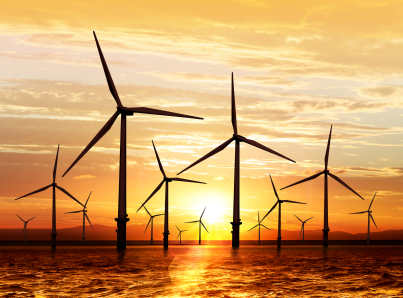Life-cycle analyses in the energy sector
Wind turbines – bigger means more environmentally friendly
A study conducted by researchers from the ETH and Empa has come to the conclusion that large sized wind turbines produce "greener" electric power than small ones. Environmental benefits have also accrued as wind turbine producers gain experience and learn from each other. The developers of life-cycle analyses have also profited from the experience of the last 30 years of wind generator usage because this allows them to fine tune their techniques, enabling them to better estimate the effects of new technologies over large timespans.

| Source: iStockPhoto Wind power is one of the beacons of hope among the various sources of renewable energy. But exactly how "ecological" are wind turbines in reality when taking into account every relevant aspect over their entire life-cycle? These include the energy necessary to manufacture, produce and transport the materials from which they are made all the way through to the energy used in their installation, operation and dismantling. In a scientific article in «Environmental Science & Technology», a research group from the ETH Zurich, Empa and Radboud University, Nijmegen (Holland) has provided a new perspective on this topic. They conclude that the larger the wind generation plant, the greener is the electricity that it produces. Experience is paying off Feeding the learning process into the ecobalance methodology
| ||
| |||
| |||
| |||
